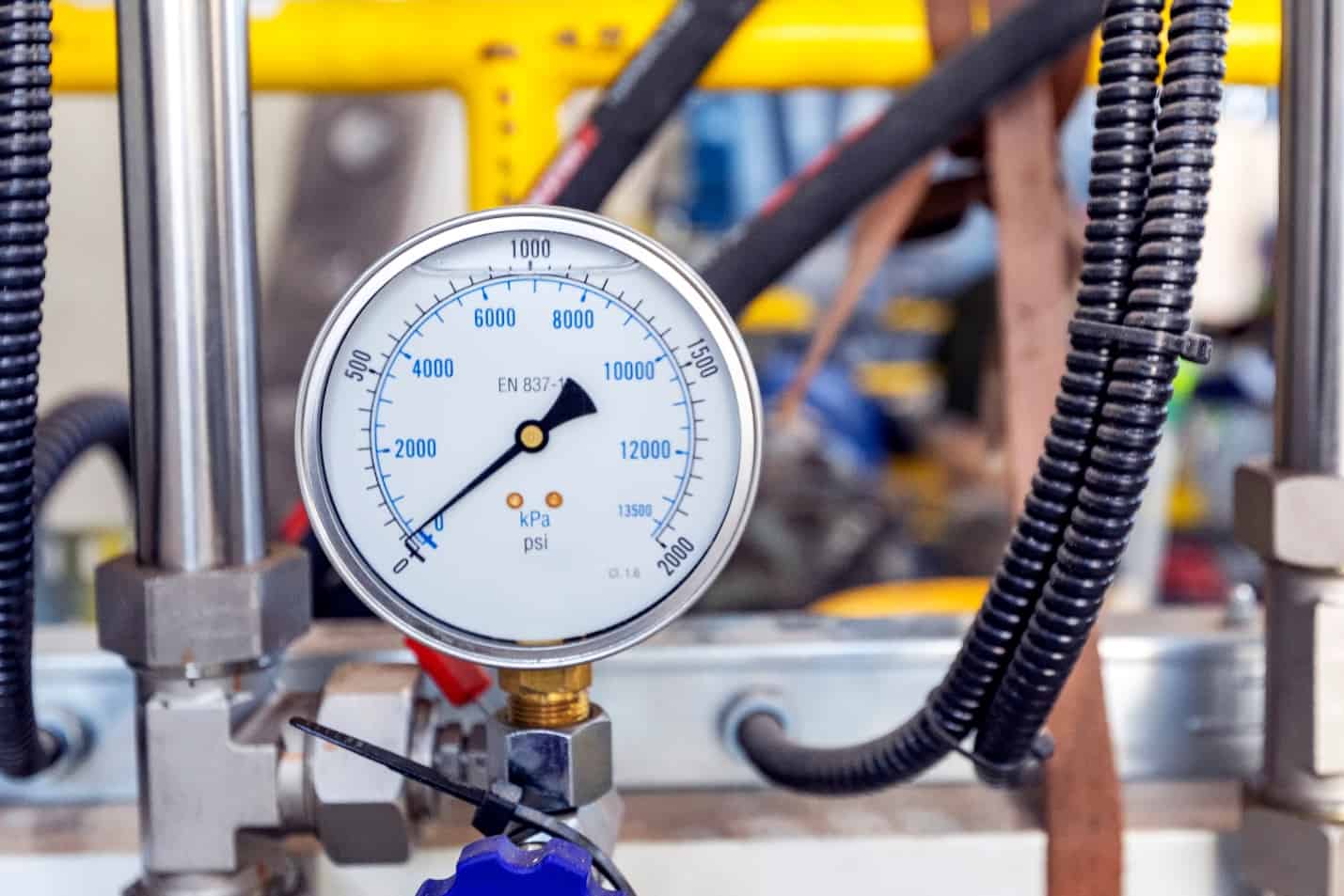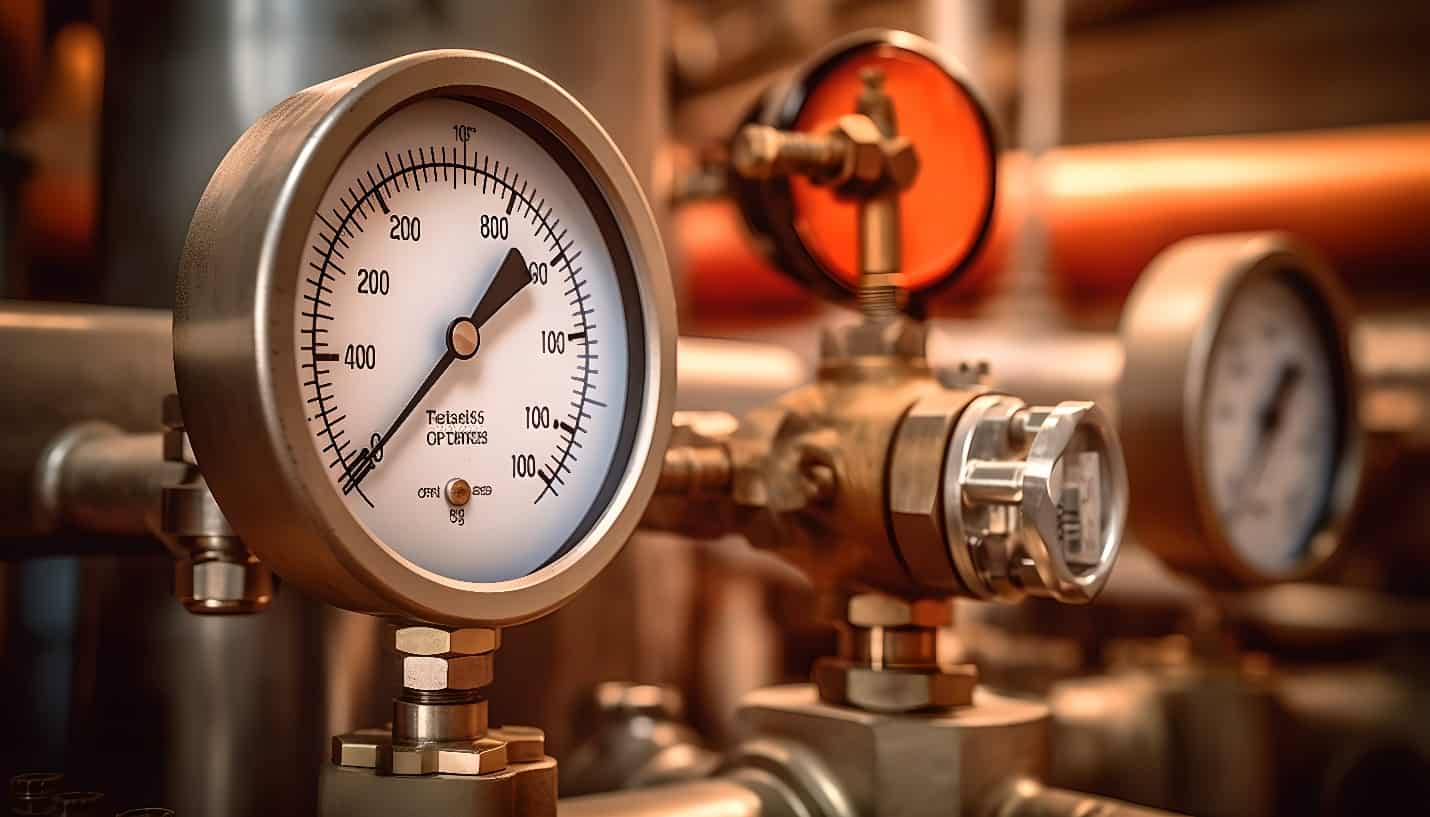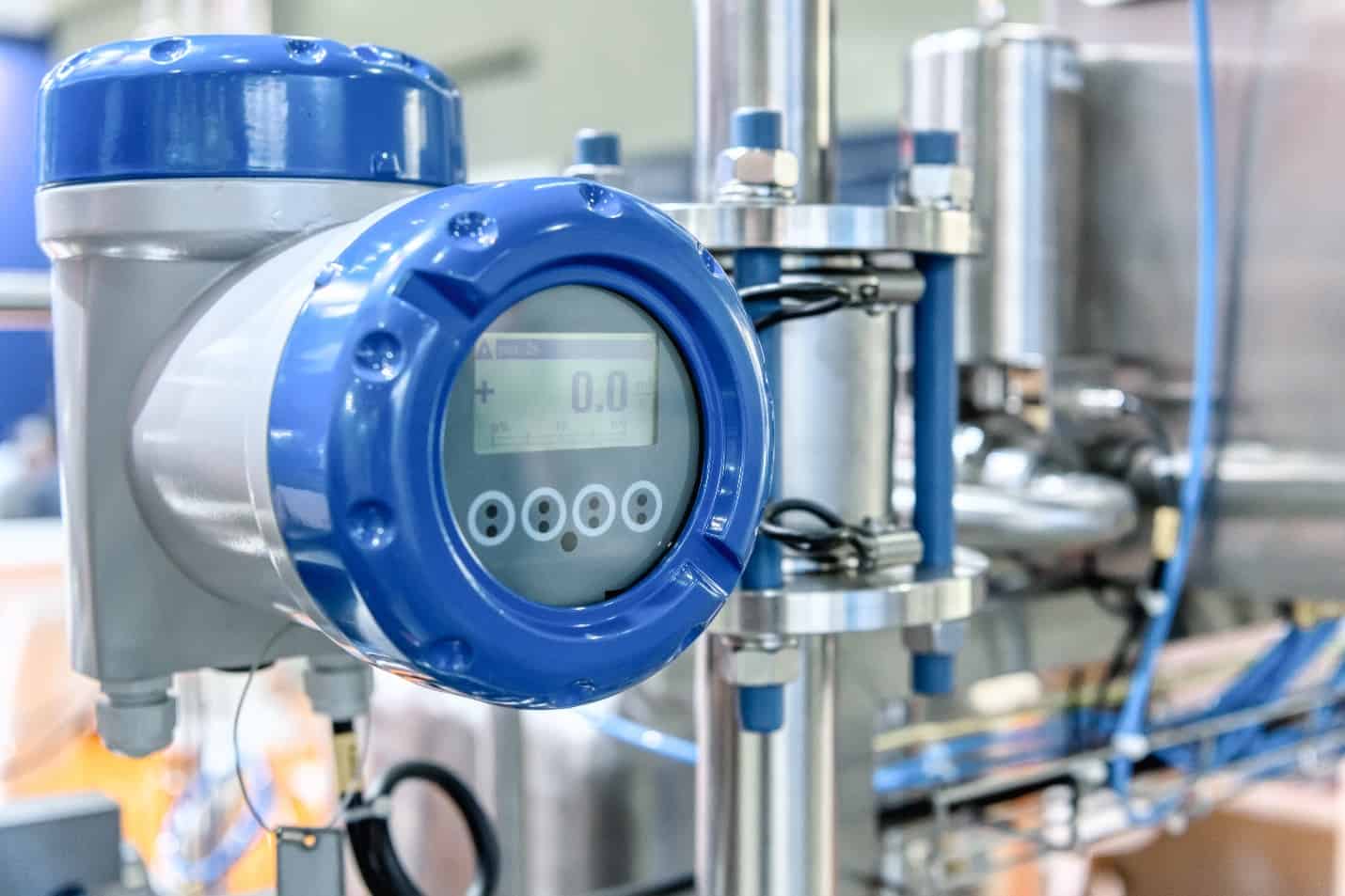Absolute pressure is the total pressure exerted by a fluid, including both atmospheric pressure and any additional pressure from the fluid itself. It is measured relative to a perfect vacuum, where the pressure is zero.

In this article, we will discuss the fundamentals of absolute pressure in fluid systems, including its definition, calculation, and measurement methods.
What is Absolute Pressure
Absolute pressure is a measure of the total force exerted by a fluid, such as a gas or liquid, per unit area. It accounts for both the pressure caused by the weight of the atmosphere above a point and any additional pressure from an external source, such as a pump or compressor.
In other words, it is the pressure measured relative to a perfect vacuum, which can be mathematically expressed as:

Elevate Your Engineering With Excel
Advance in Excel with engineering-focused training that equips you with the skills to streamline projects and accelerate your career.

Where:
- Pabs = absolute pressure [Pa]
- Pgauge = gauge pressure [Pa]
- Patm = atmospheric pressure [Pa]
Atmospheric pressure is the pressure exerted by the Earth’s atmosphere at a given point. It varies with altitude and is influenced by factors such as temperature and humidity. Frequently, the standard atmospheric pressure at sea level is used, which is equal to 1 atm or 101,325 Pa.
Gauge pressure, on the other hand, is the pressure measured relative to atmospheric pressure. This can be negative when the pressure inside a system is lower than the atmospheric pressure. In these cases, it is called vacuum pressure.
Absolute pressure can be measured using various units, but the most common unit is the pascal (Pa) in the International System of Units (SI). One pascal is equivalent to one newton per square meter.
In addition to pascals, other units include bar (1 bar = 100,000 pascals), which is commonly used in engineering and industrial applications where higher pressures are encountered. In the imperial system, absolute pressure is often measured in pounds per square inch (psi), where one psi is approximately equal to 6894.76 Pa.
Absolute pressure is often used in engineering calculations, especially in thermodynamics and fluid mechanics when considering the overall pressure in a system.
Calculating Absolute Pressure in Fluids
In fluids, the absolute pressure at a certain depth can be calculated using the following formula:

Where:
- ρ = density of the fluid [kg/m3]
- g = acceleration due to gravity [9.81 m/s2]
- h = depth of fluid [m]
This equation is derived from the hydrostatic pressure, which states that the pressure at a point in a fluid at rest depends on the height of the fluid column above that point.
Measuring Absolute Pressure
Absolute pressure gauges measure pressure relative to a perfect vacuum, rather than relative to atmospheric pressure. In other words, they take into account the atmospheric pressure at sea level as a reference point and measure the pressure above and beyond that.

Absolute pressure is always positive and increases as you go deeper into a fluid or lower in altitude. This type of pressure measurement is often used in applications where the atmospheric pressure may vary, and it’s essential to measure the true pressure exerted by a fluid.
Absolute pressure gauges come in various types and designs, depending on the specific application and industry requirements. Below lists some examples of absolute pressure gauges.
Bourdon Tube Absolute Pressure Gauges
Bourdon tube gauges use a curved tube that tends to straighten or bend depending on the pressure applied. Bourdon tube absolute pressure gauges are suitable for a range of pressures.
Diaphragm Absolute Pressure Gauges
Diaphragm gauges use a flexible diaphragm that deforms under pressure changes. These gauges are suitable for measuring low to moderate absolute pressures.
Bellows Absolute Pressure Gauges
Bellows gauges employ a collapsible metal bellows that expands or contracts with changes in pressure. They are often used for measuring low pressures and are sensitive to small pressure variations.
Piezoelectric Absolute Pressure Sensors
Piezoelectric pressure sensors use the piezoelectric effect to measure pressure. When pressure is applied, it generates an electrical charge proportional to the applied force. These sensors are often used in precise and dynamic pressure measurement applications.
Digital Absolute Pressure Gauges
Some modern pressure gauges use digital technology to provide accurate and reliable absolute pressure measurements. These digital gauges often include features such as digital displays, data logging, and communication interfaces.

The choice of absolute pressure gauge depends on factors such as the required accuracy, pressure range, environmental conditions, and the specific needs of the application.
